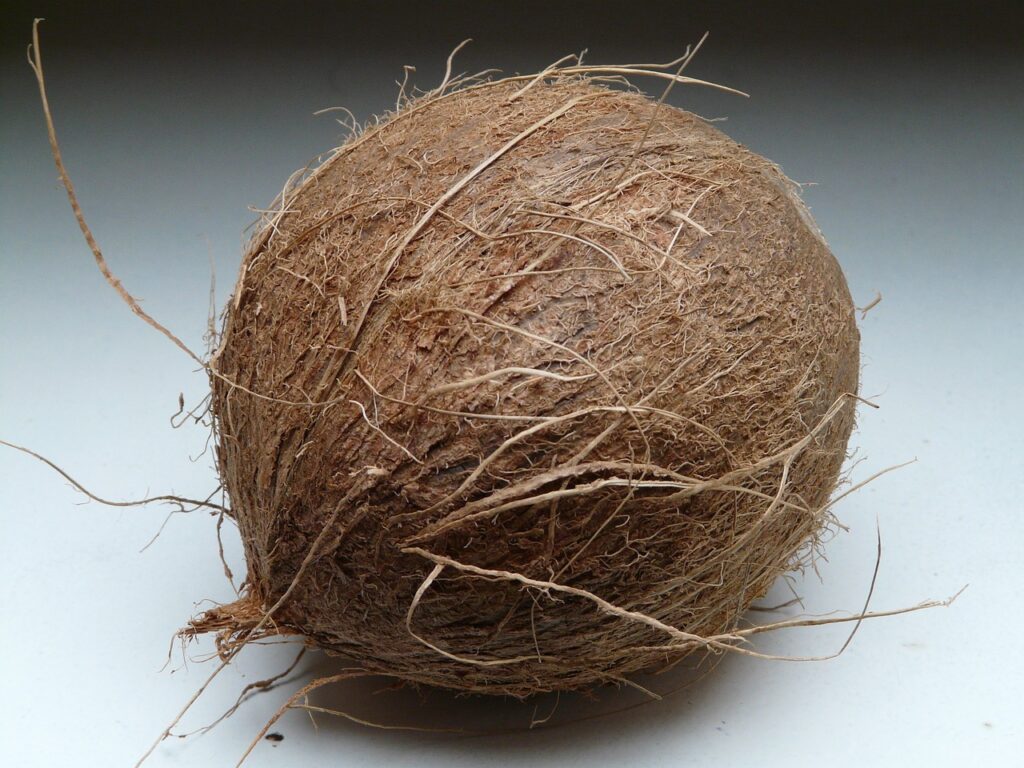The construction sector has potential for CO2 reduction
The industry involved in the construction of various buildings accounts for 30% of the world’s final energy consumption and 26% of global energy-related emissions. Although the development of materials used in construction is progressing daily, there is still room for improvement, with the potential to contribute to CO2 emission reductions. While the functionality of chemical-based composite materials is increasing yearly, the evaluation of natural-derived materials seems insufficient, suggesting that many good materials may still be discovered. Considering not only construction costs but also the environmental costs of the planet is likely to become a key point in the building industry.
“Fly ash” and “sand” instead of cement (concrete and mortar)
What specific material developments are possible? Cement is an essential structural material in our lives. Cement is processed into concrete and mortar to create structures. The main components of cement are broadly “clinker” and “gypsum.” Clinker is made by mixing and burning limestone and clay, so broadly speaking, cement consists of “limestone + clay + gypsum.” The replacements for this cement are considered to be “fly ash” and “sand.” Fly ash is a fine coal ash generated at coal-fired power plants. Fly ash, though a waste product, shows properties similar to cement and can be used similarly when mixed with aggregates such as sand. Since it is a material that was previously discarded, it is low-cost and can be utilized effectively, making it a win-win situation.

Plant-derived natural materials with insulating properties
The building materials used to create environments where people live must have insulating properties. While chemical substances like polyurethane foam are used as insulation materials, considering replacing these with natural materials is crucial. Plant-derived “fibers” are candidates, such as coconut fibers and hemp fibers. Additionally, how these fibers are used is essential. They can be layered, woven into threads, or layered like felt, among other uses. While methods that increase labor can enhance insulation, selecting methods based on cost and desired performance can provide sufficient insulation even with natural materials. If plant-derived, CO2 can be reduced from the “material creation” stage. How about a house made with “fixed CO2”?

New materials under development!
The construction industry is continuously researching plant-derived and waste material possibilities.
- Coffee grounds Adding just 5% by weight to mortar improves insulation by 58% and reduces thermal diffusivity by 34%.
- Tea grounds Adding 2.5% by weight satisfies the structural requirements (>3.5 MPa) of lightweight concrete for wall structures. Adding 7.5% by weight improves insulation, making it usable as insulation material.
- Olive pomace The thermal conductivity of composite materials decreases by 55%, and compressive strength increases by 81.7%.
- Straw material Mixing 4% by weight of straw into plaster reduces thermal conductivity by 68%.
These are impressive performance improvements! These materials, being plant-derived and often waste products, are low-cost and hold great potential as new materials.
To stop global warming, we need to achieve net-zero CO2 emissions by 2050. This requires reducing CO2 emissions in the construction sector by 4% annually by 2030. If materials like those introduced here become widespread, they will significantly contribute to reducing emissions!
引用文献:https://www.nature.com/articles/s41598-024-63442-9




コメント